Search Results
Results for: 'conservation genetics'
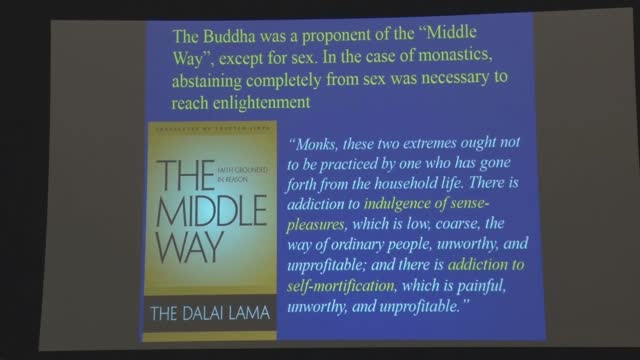
Zen and Deep Evolution: When Did Your Life Begin?
The Buddha taught that everything is connected (emptiness) and constantly changing (impermanence). Charles Darwin proposed a mechanism (natural selection) to explain how the diversity of life that we see around us today developed from a singula...

Working Session: Forest Management Across Property Boundaries: The Woodlots Program Toolkit
This was a working session led by Monica Przyperhart as a part of the 2022 FEMC Annual Conference. With over 80% of land in Vermont in private ownership, maintaining forest health and resilience relies heavily on the decisions and actions of la...
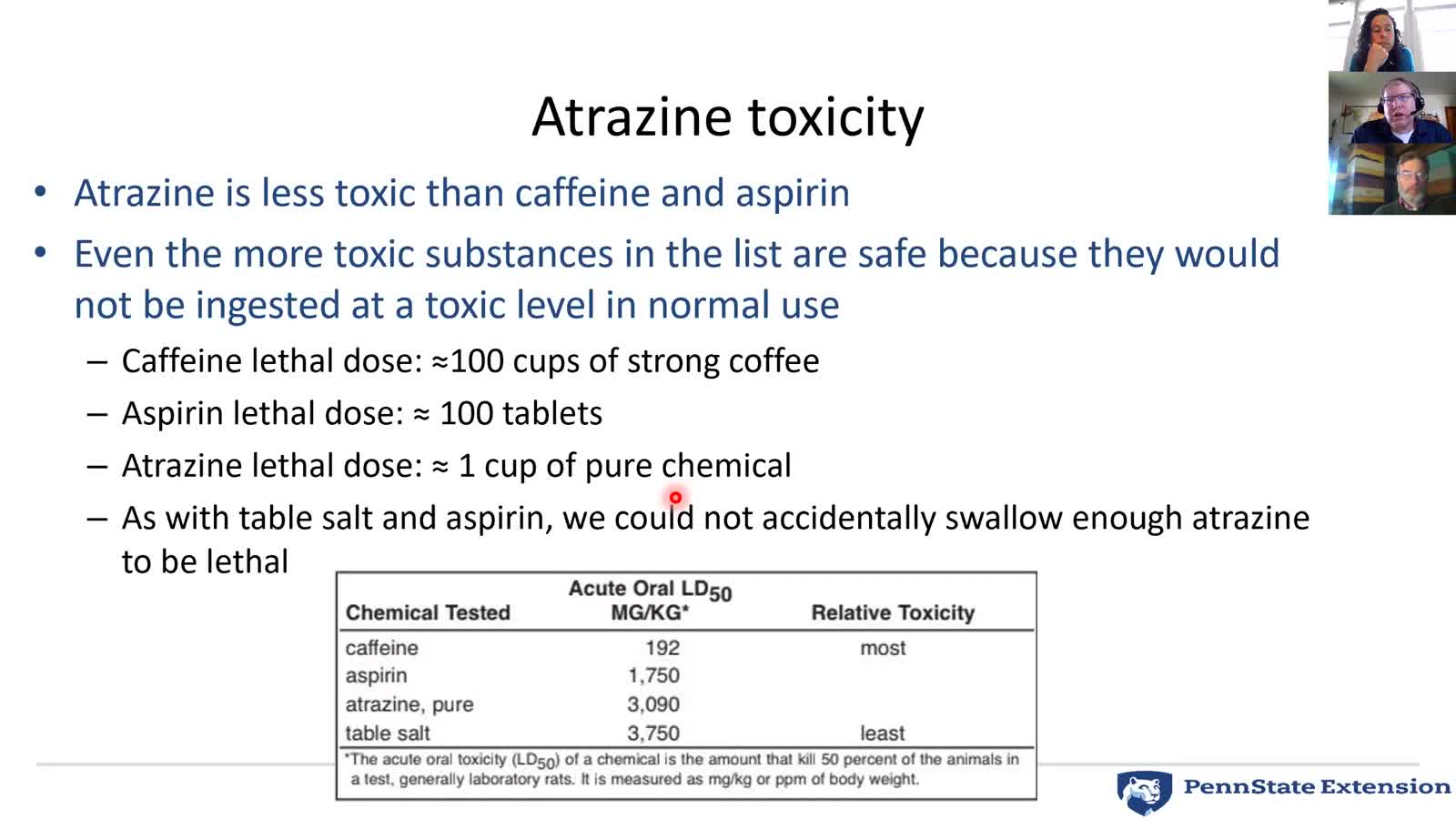
Herbicide and Conservation Agriculture #1: Glyphosate & Atrazine
Dwight Lingenfelter, Penn State University Extension Weed scientist presents Glyphosate & Atrazine basics…how do they work, what are their benefits and risks, management factors to reduce risks to the environment and human health, considerations f...
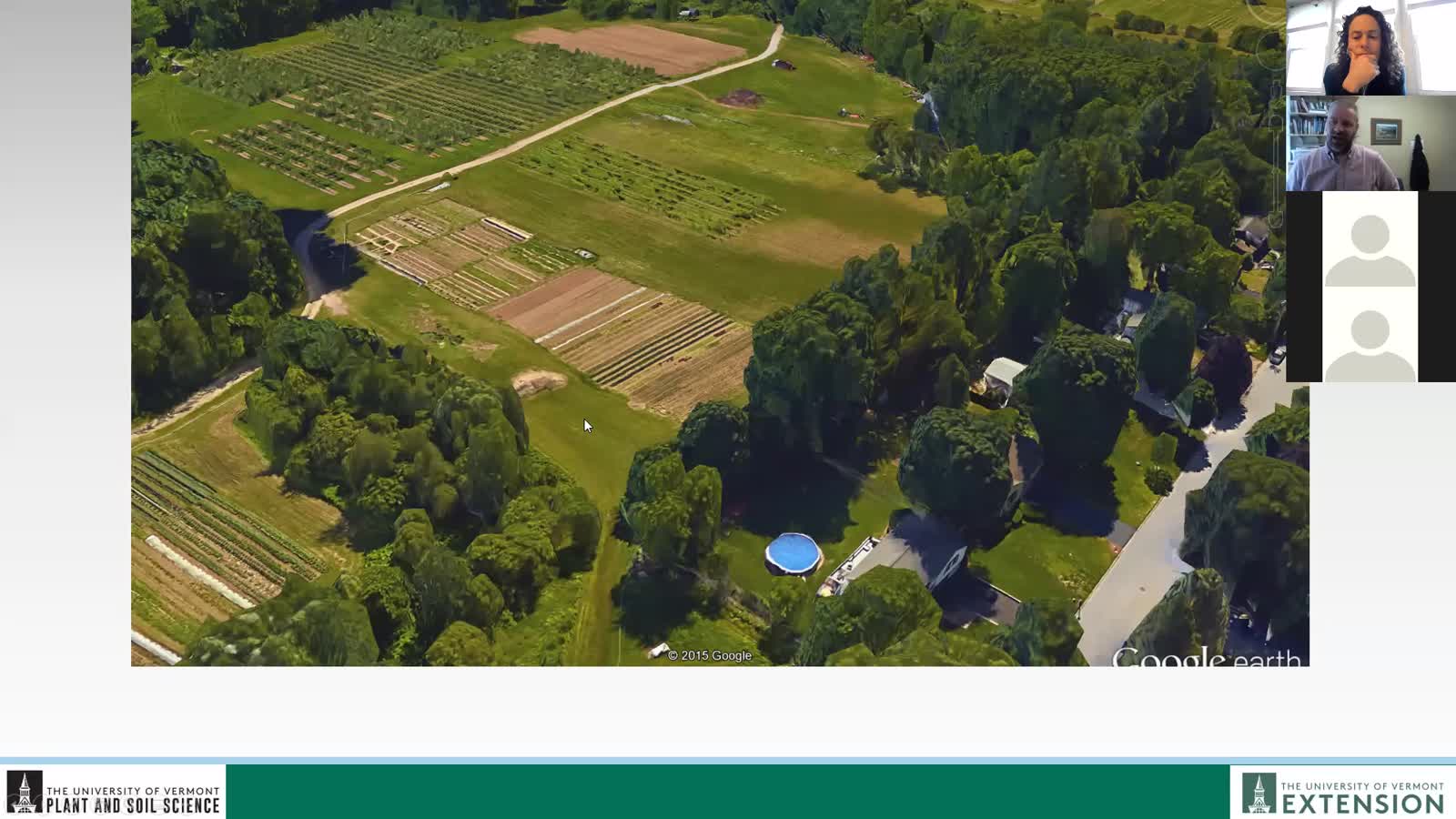
Dr. Terence Bradshaw, Assistant Professor Specialty Crops Production and Director of the Horticulture Research & Education Center, University of Vermont Communicating to the public about the pros/cons of herbicides in our cropping systems and the...
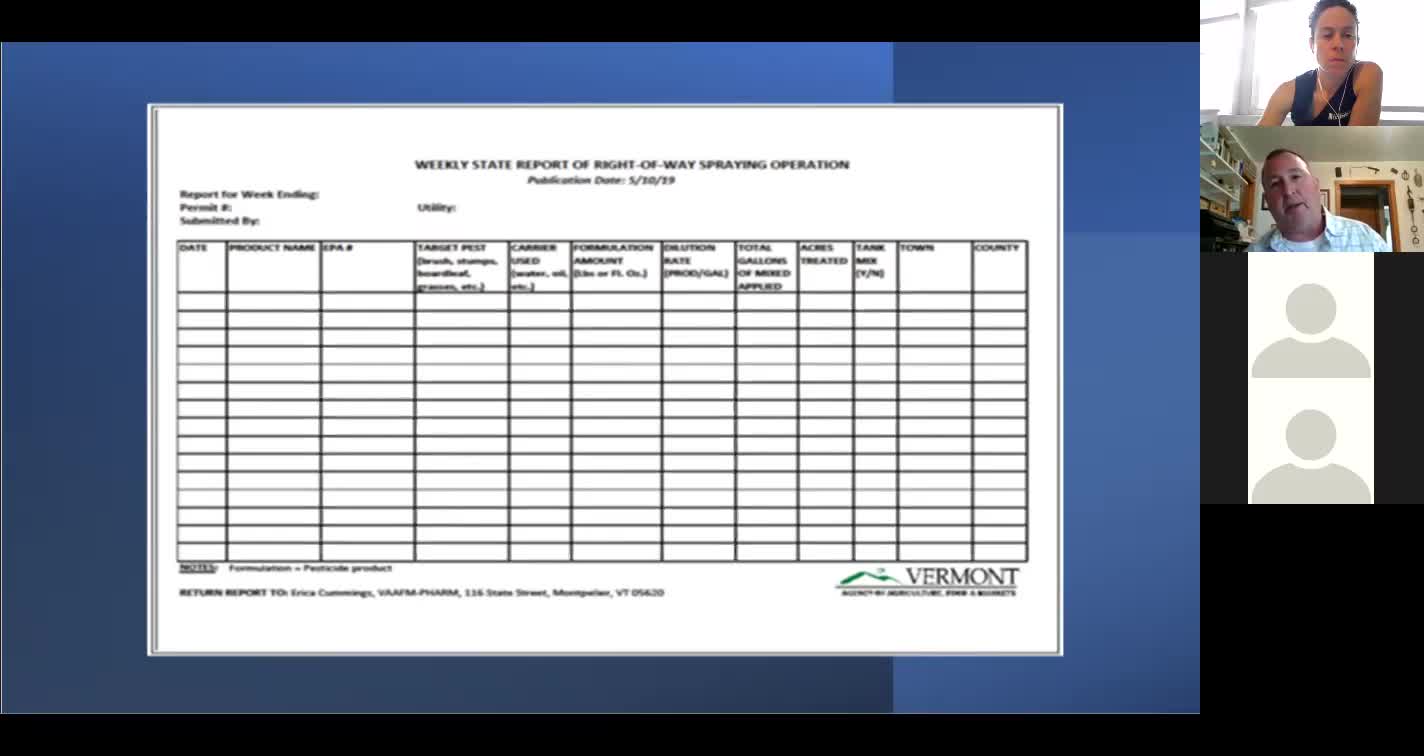
Doug Johnstone, Ag Resource Management Specialist IV for the Vermont Agency of Agriculture, explains the agency's role in herbicide use in VT. He covers regulatory– understanding how they track herbicide use, monitoring for ground and surface wat...
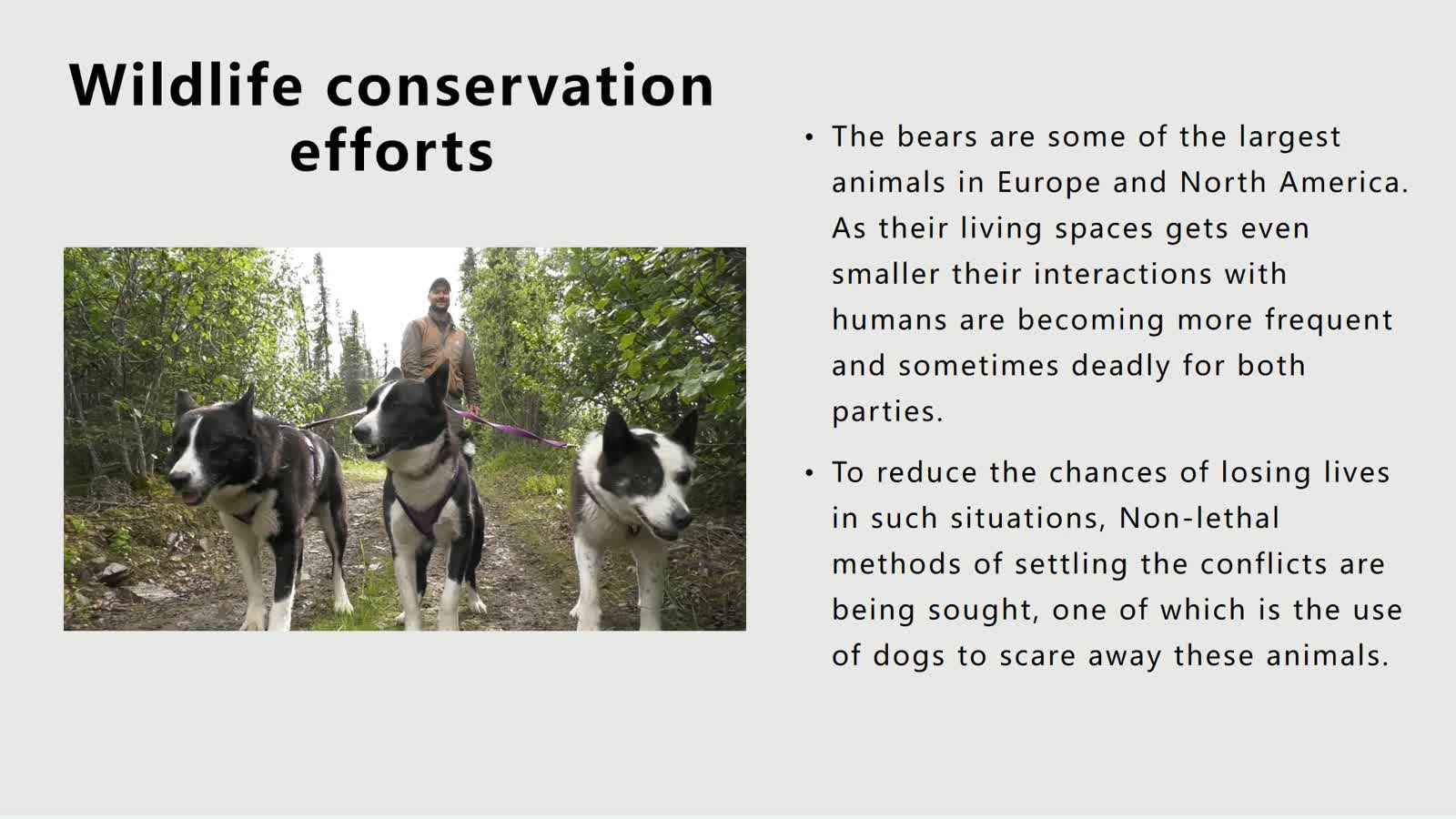
Karelian Bear Dogs for Wildlife Conservation
ASCI 097OL1 The World of Working Animals - Final Product - Karelian bear dogs and their impact on ensuring wildlife conservation -YIXUAN TANG
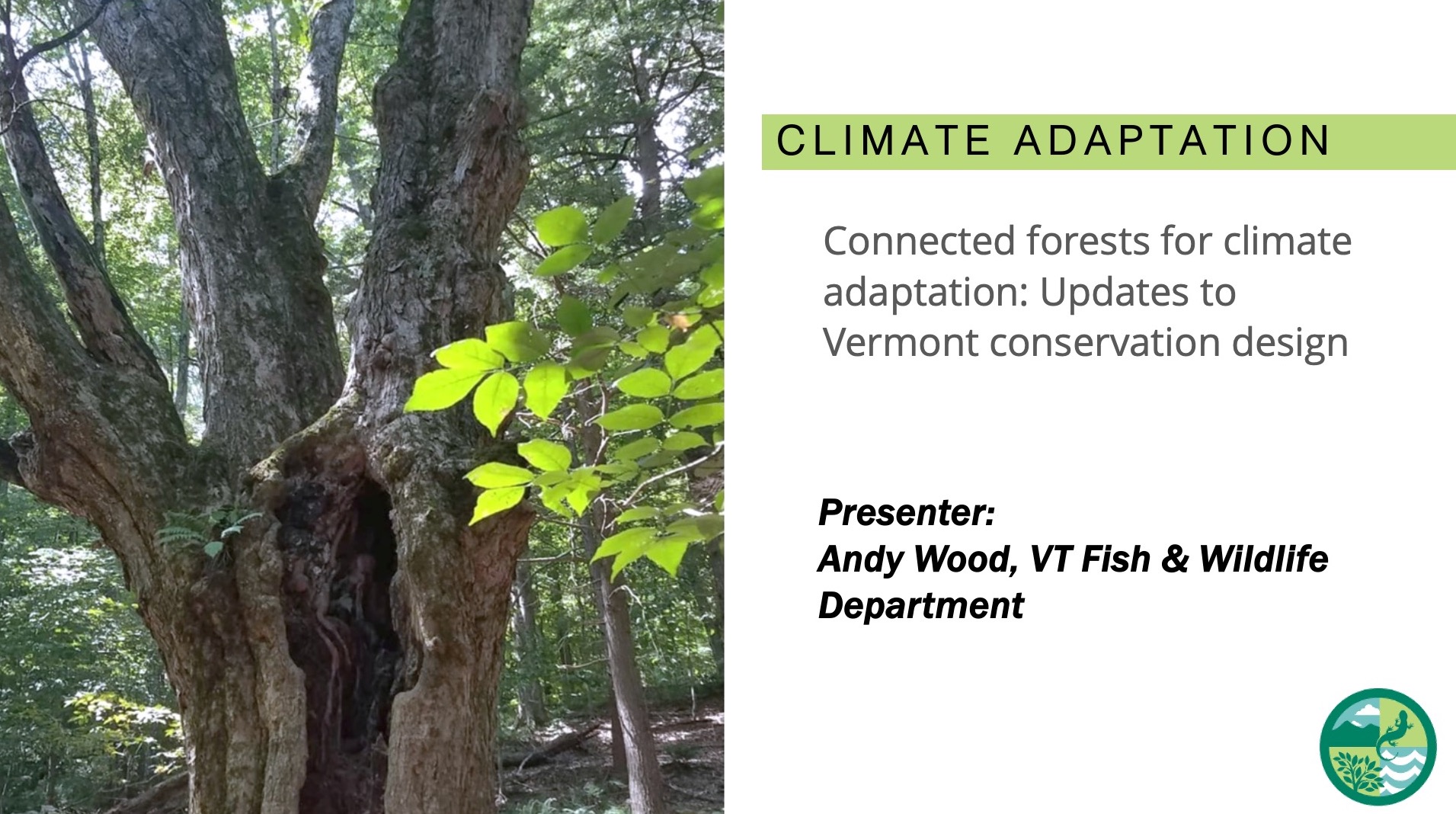
Connected Forests for Climate Adaptation: Updates to Vermont Conservation Design
This was a contributed talk by Andy Wood as a part of the 2023 FEMC Annual Conference.
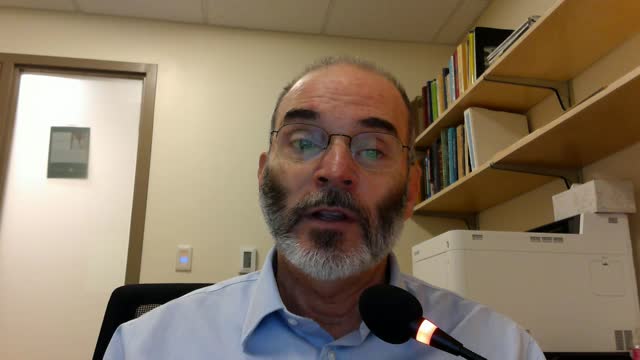
2018 Instructor Welcome (Bob Wildin)
Instructor's Welcome Video Spring 2018 GRNS325 PATH325 "Genetics for Clinicians" by Bob Wildin, M.D.
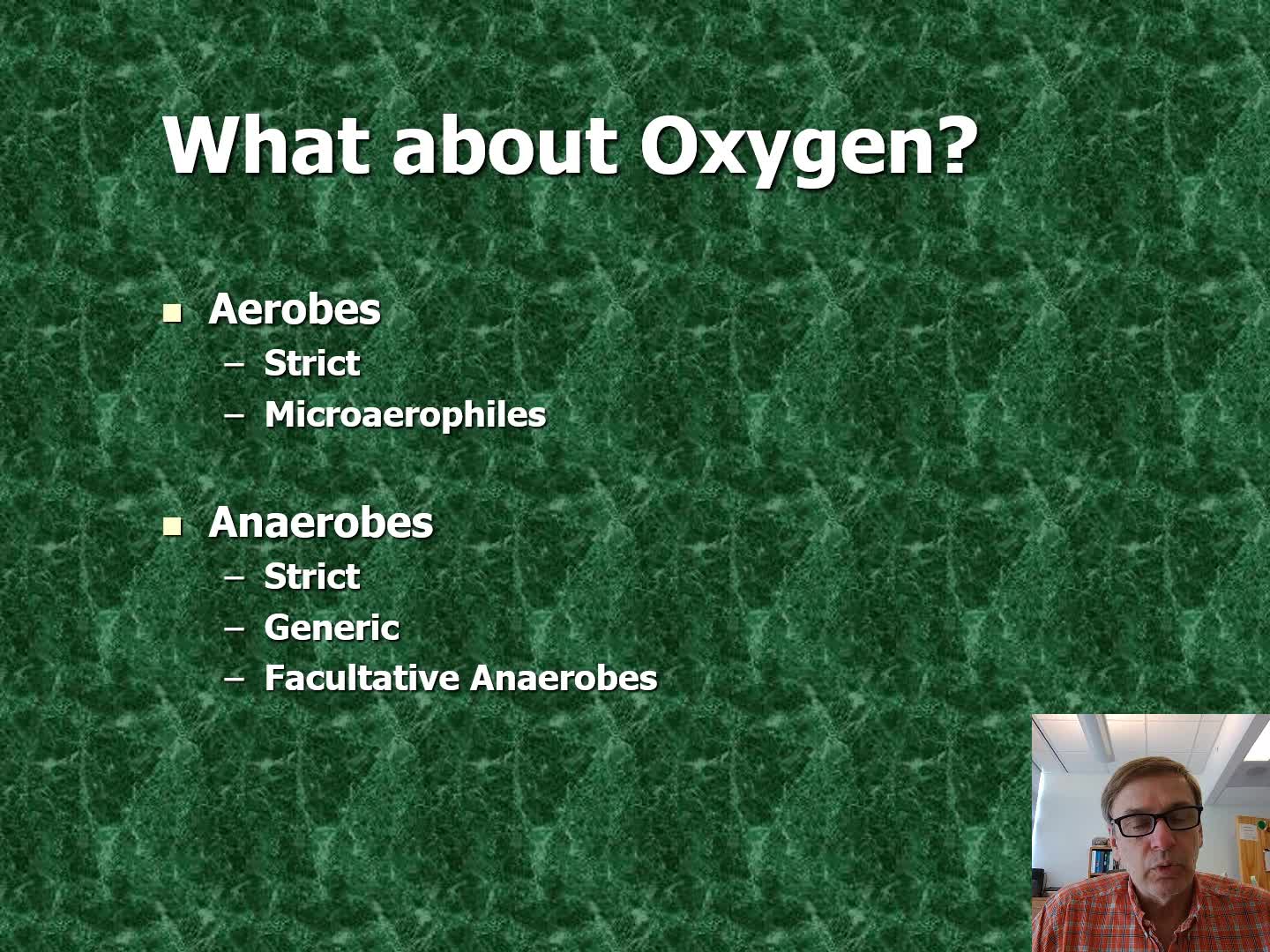
This is a brief discussion of oxygen groupings and how genetics influence what a cell can actually do.